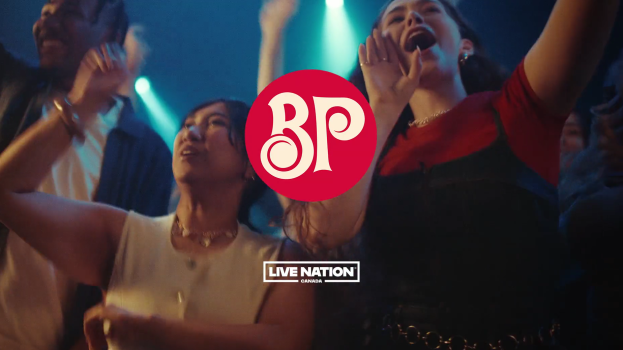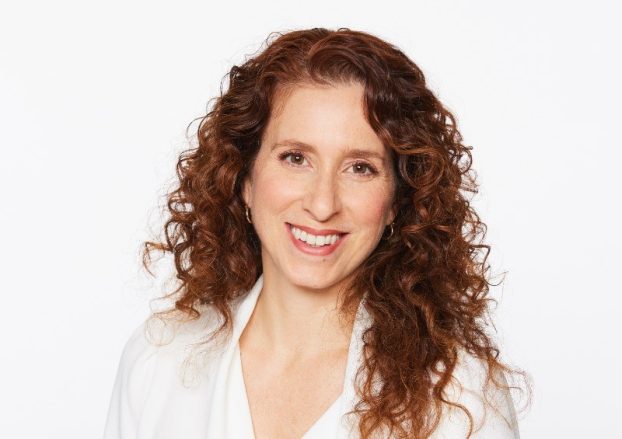Every year since its 2011 launch, Bell Let’s Talk Day has grown in scope and ambition. This year, the annual initiative in support of mental health is expected to exceed the one billion cumulative messages mark, bringing Bell Canada’s total contribution to mental health programs to more than $100 million since the program’s inception.
But as it enters its ninth year, the initiative faces the challenge of keeping the campaign fresh and interesting while “staying the course on the core topic of stigma,” says Mary Deacon, chair of Bell Let’s Talk. “Every year we build on what we’ve done in previous years, and frankly, every year we say to ourselves when the campaign is over – how could we possibly top that?”
[iframe_youtube video=”ZyAaW4LiFU8″]
Last year, 40% of Canadians and approximately two-thirds of people between the ages of 18 and 24 participated in Bell Let’s Talk Day, representing an overall increase of 25% since 2011. While the uptick is a sign that the organization has made progress – a survey conducted in 2018 showed four in five Canadians are more aware of mental health issues than they were five years ago – Deacon says that doesn’t mean the work is over.
Like in years past, a national awareness campaign began rolling out at the beginning of the month that will end with Bell Let’s Talk Day on Jan. 30. This year’s campaign, led by agencies Lg2 and Media Experts (who have been around since day one), will see 41 “Friends of Bell Let’s Talk” participate in the campaign, telling their personal stories of mental illness and inviting others to join the conversation. A bevy of ads, including a mix of testimonials and themed spots, are appearing on TV, radio and social media, OOH, print and cinema.
Those being featured in the creative include recurring spokespeople – such as comedian and actor Howie Mandel, actress Marie-Soleil Dion and Toronto Maple Leafs head coach Mike Babcock – as well as many new faces, as Bell aims to represent a broader swath of the population (this year’s campaign includes testimonials from a truck driver and psychiatrist, for example). The idea is to show that mental health is an issue that truly impacts everyone.
[iframe_youtube video=”HRi-XgV8d5U”]
In a bid to continue building awareness, Bell Let’s Talk is putting more focus on post-secondary partnerships and social engagement.
Statistics show that college and university students are at high risk of mental health issues, Deacon says. So this year it has engaged with more than 200 university and colleges, a move that will enable it to reach over half the Canadian post-secondary student population. Post-secondary education is an area of growth, she says, because not only do the schools take part in the campaign, they also use it as an opportunity to talk about the services and supports available to students.
Secondly, the organization is putting more focus on social engagement, which is where the conversation gains momentum. Last year, #BellLetsTalk was the most retweeted Twitter hashtag by Canadians and became the most-used Canadian hashtag of all time. “The real success of this campaign is the organic nature of what happens, not only around the country but around the world.”
Finally, a special video for Bell Let’s Talk Day will be released on the day of the event. While it has taken a similar approach in the past, this year’s video features a lot of different stories and is intended to help push the conversation further, Deacon says.
Bell donates five cents to Canadian mental health programs for each interaction recorded on Bell Let’s Talk Day. To date, it has partnered with more than 900 organizations providing mental health services throughout Canada.
























